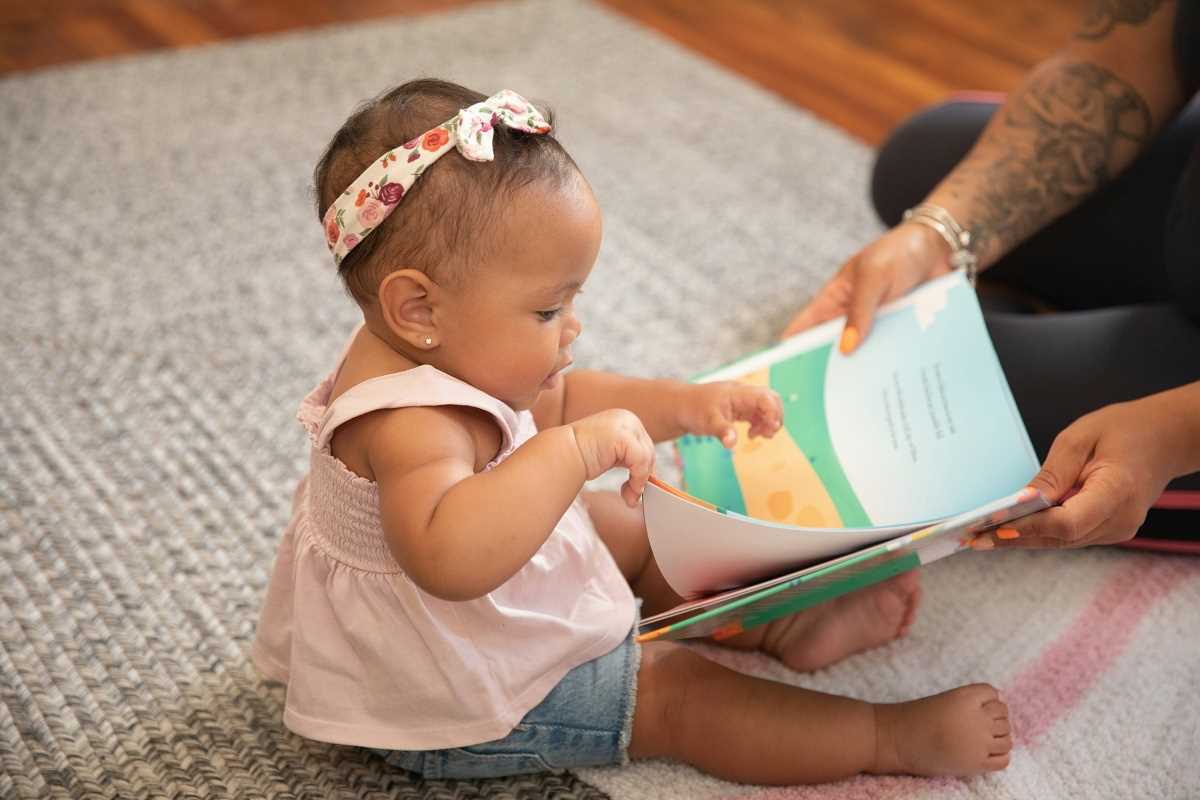Between feedings, nap schedules, diaper changes, and endless energy, keeping your home organized is no small feat. And since little ones aren’t quite ready to pitch in with chores, the bulk of the work falls on you. But don’t worry! With some thoughtful planning and a few simple strategies, you can bring more order and ease to your daily routine, creating a home that works for everyone.
Here are practical homemaking tips designed for parents managing life with babies and toddlers. These tips focus on reducing clutter, streamlining tasks, and making your home a more peaceful space—even amidst the beautiful chaos of raising young kids.
1. Declutter and Create Kid-Friendly Zones
Clutter can quickly take over your living space, especially when you’re navigating the world of toys, baby gear, and endless tiny socks. A clutter-free home doesn’t have to mean minimalist perfection; it’s about creating a space that feels calm and functional.
Steps to reduce clutter:
- Rotate toys: Instead of having every toy out at once, try a “toy rotation” system. Keep a few favorites accessible and store the rest in bins. Rotate them weekly to keep things fresh and exciting for your little one.
- Purge regularly: Every few months, sort through baby clothes, blankets, toys, and gear. Donate or pass along anything your child has outgrown or no longer uses.
- Set up baskets: Place bins or baskets in key areas (like the living room and nursery). At the end of the day, toss scattered toys and baby items in there for a quick clean-up.
Create kid-friendly zones:
Designating areas for your child’s activities can simplify your space. Set up a cozy “baby corner” in the living room with a soft mat, books, and toys. Keep feeding supplies organized in the kitchen with a caddy or drawer for bottles, bibs, and snacks.
These zones reduce clutter across the house and help you stay organized.
2. Simplify Routines for Repeatable Success
When you’re balancing life with little ones, routines can be your best friend. Babies and toddlers thrive on predictability, and having a basic structure to the day can make life easier for everyone.
Tips for building routines:
- Establish a rhythm: Focus on anchoring your day around meals, naps, and bedtime. For example, if your toddler naps after lunch, build your other activities around that consistent timing.
- Meal prep simplicity: Prepare freezer-friendly meals or snacks during quieter moments (like nap time). Having go-to meals ready in advance prevents dinnertime stress.
- Prep the night before: Lay out clothes, pack diaper bags, and prepare bottles before bedtime to reduce the morning rush.
Key routines to simplify:
- Bathtime: Gather towels, soaps, and fresh pajamas before starting bath time to make it smoother.
- Cleaning: Implement a 10-minute “tidy-up” at the same time daily (like right before naps or bedtime) to prevent mess build-up.
With a consistent routine, your days are less likely to unravel, even when surprises pop up.
3. Utilize Storage Solutions That Work for You
Young children come with a surprising amount of “stuff,” from bottles and wipes to burp cloths and stacking blocks. Investing in smart storage solutions can make it easier to keep everything in its place.
Storage tips for an organized home:
- Bins with labels: Use clear, labeled bins to store items like diapers, toys, or craft supplies. Even if your baby can’t read, it makes clean-up quicker for you.
- Under-bed storage: Keep bulky items like seasonal clothes or extra bedding tucked away under the crib or toddler bed using slim storage bins.
- Over-door organizers: These are perfect for small spaces. Use them to store shoes, baby accessories, or feeding supplies.
Keep essentials nearby:
Set up “grab-and-go” stations in areas where you spend the most time. For example, in the living room, keep a basket with extra diapers, wipes, and a change of clothes. This saves you trips to the nursery when juggling a squirming baby.
A well-thought-out storage strategy can shave precious minutes off your daily tasks.
4. Clean in Tiny, Manageable Chunks
When caring for babies or toddlers, finding uninterrupted time to clean and organize can be nearly impossible. Instead of aiming for marathon cleaning sessions, break tasks into smaller, bite-sized chunks that fit into your day.
Techniques for time-saving cleaning:
- One room at a time: Focus on tidying or cleaning one room per day instead of trying to tackle the whole house.
- Set a timer: Give yourself 10–15 minutes to tidy up during nap time or while your toddler plays nearby.
- Wear a baby carrier: If your baby is clingy, pop them into a carrier and do lightweight chores like laundry folding or sweeping.
Prioritize the essentials:
Forget the pressure to deep-clean every corner. Focus on high-impact areas like the kitchen counter or playroom floor. A clean sink and an uncluttered table can make your home feel more inviting—even if other areas are a work in progress.
Your home doesn’t have to be spotless; a little at a time keeps things manageable.
5. Simplify Your Laundry Routine
Laundry can feel never-ending when you’ve got little ones, but a simplified approach can keep things under control.
Laundry tips:
- Stick to basics: Buy clothes in neutral colors or mix-and-match sets, so it’s easier to grab quick outfits and fold with ease.
- Pre-sort laundry: Use separate hampers for whites, colors, and baby clothes to eliminate sorting later.
- Fold less: For baby clothes, skip folding altogether! Store onesies, bibs, and socks in baskets or drawers for quicker daily access.
By streamlining laundry, you’ll find it less daunting to keep up with piles of tiny clothes.
6. Find Small Ways to Simplify Meal Prep
Mealtime is one of the biggest challenges for families with young kids, and juggling picky eaters, bottles, and your own hunger can leave you drained. Simplifying your approach to family meals can save time and stress.
Easy meal ideas:
- Batch cooking: Prepare meals in bulk on weekends. Casseroles, soups, and pasta freeze well and can be reheated when needed.
- Snack stations: Pre-pack healthy snacks like sliced fruit, cheese sticks, or crackers. Keep them in designated containers for seamless grab-and-go moments.
- Eat together: Encourage family meals when possible. Toddlers love imitating adults, so eating together fosters connection while squeezing in quality time.
Keep baby food easy:
If you’re introducing solids, consider spooning purees into ice cube trays for portion control. These frozen cubes make mealtime fast and flexible.
By focusing on simple systems, you can avoid kitchen meltdowns and feel more organized.
7. Practice Self-Compassion and Flexibility
The truth is, life with babies and toddlers can be unpredictable no matter how well you plan. Some days will feel like a win; others, like chaos. The key to thriving is not aiming for “perfect” but giving yourself grace and being flexible enough to adapt.
Ways to practice self-compassion:
- Focus on progress: Celebrate small wins, like clearing one counter or folding a basket of laundry.
- Ask for help: Don’t hesitate to lean on your partner, family, or friends when you’re feeling overwhelmed.
- Carve out ‘me time’: Even five minutes of quiet coffee or a quick walk around the block can recharge you.
Remember, your house doesn’t need to look like a magazine spread. What matters most is creating a space where your family feels loved and cared for.







